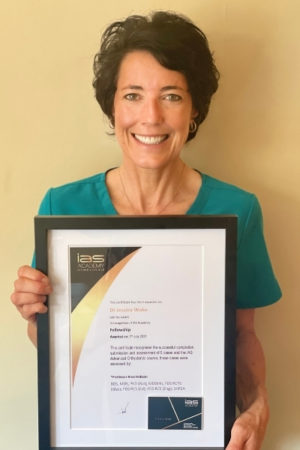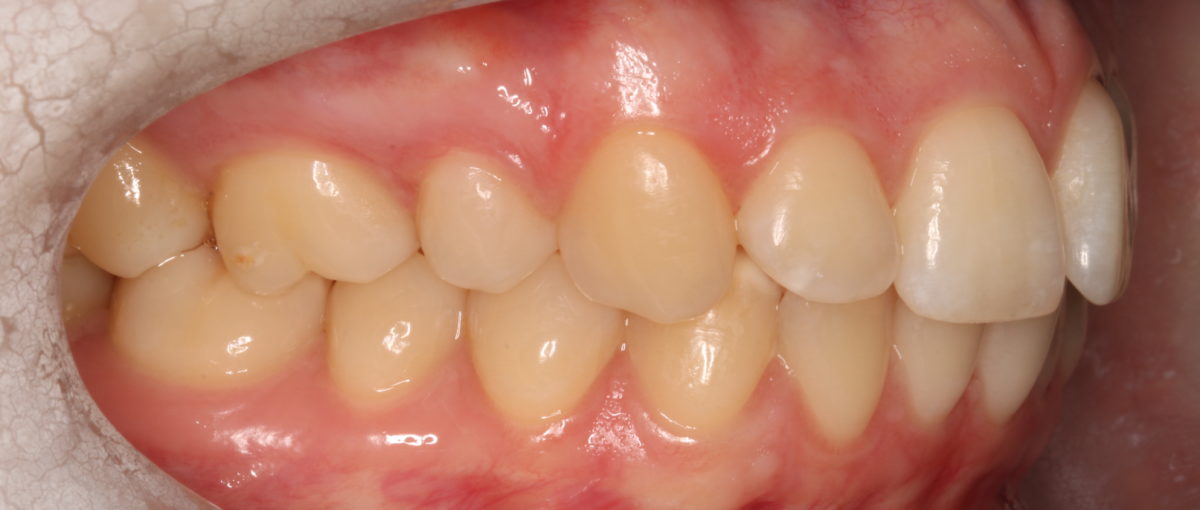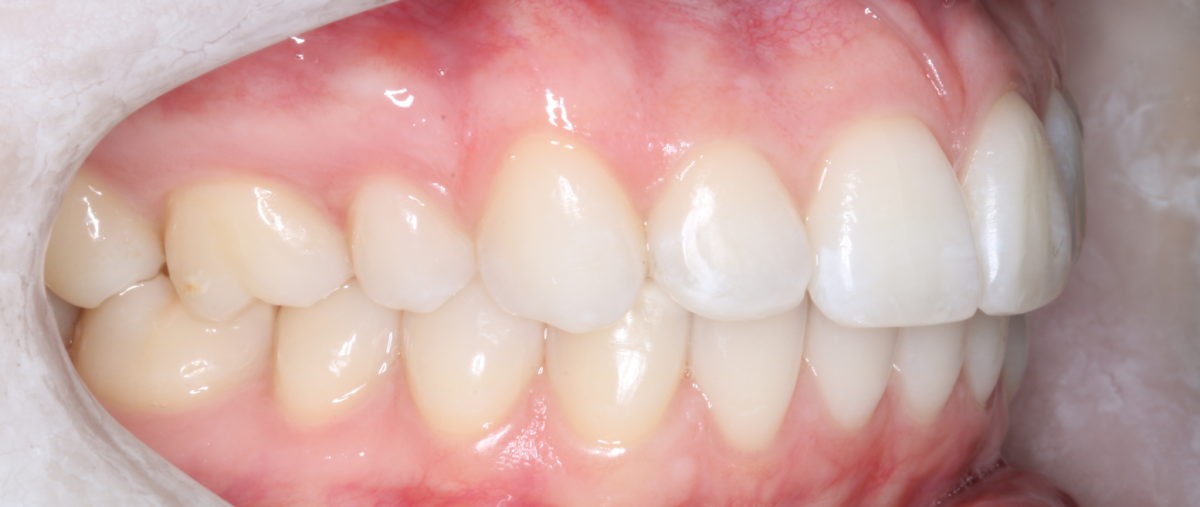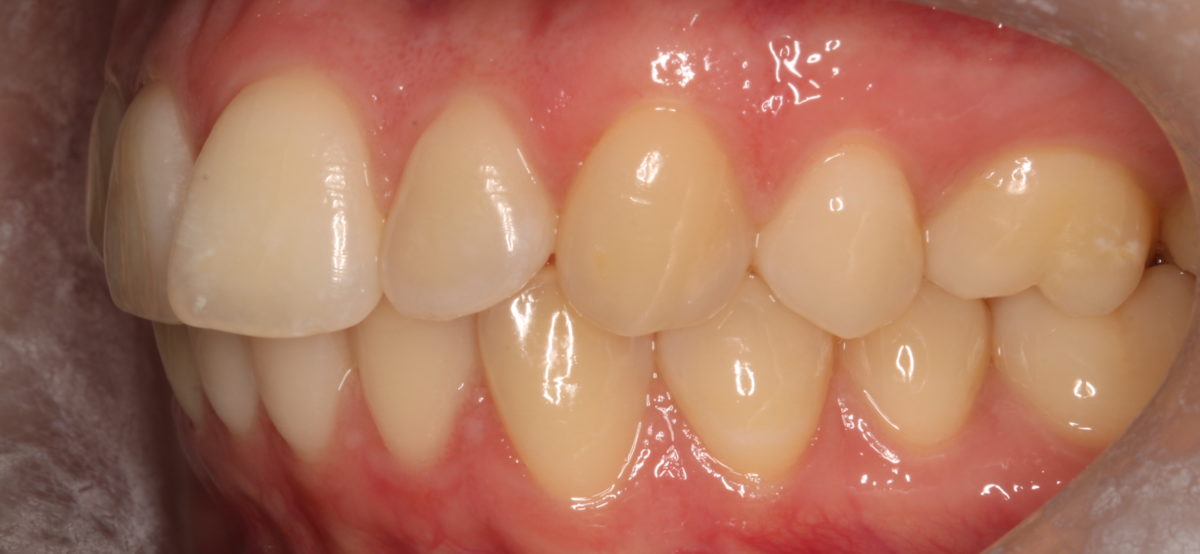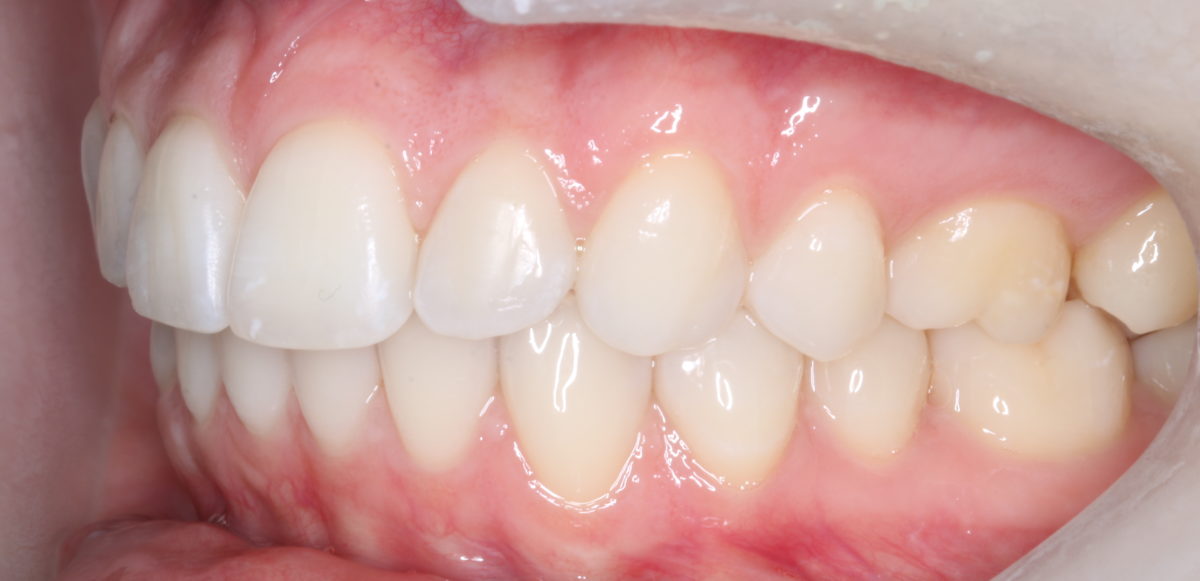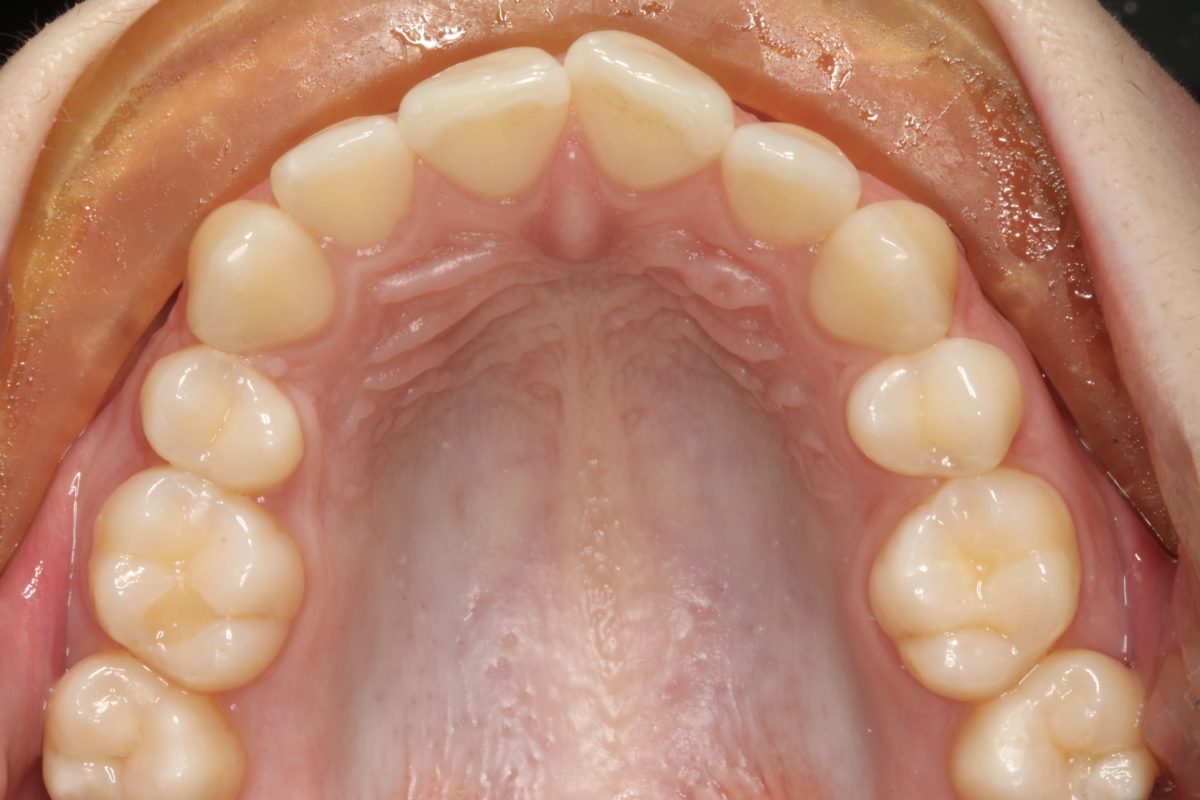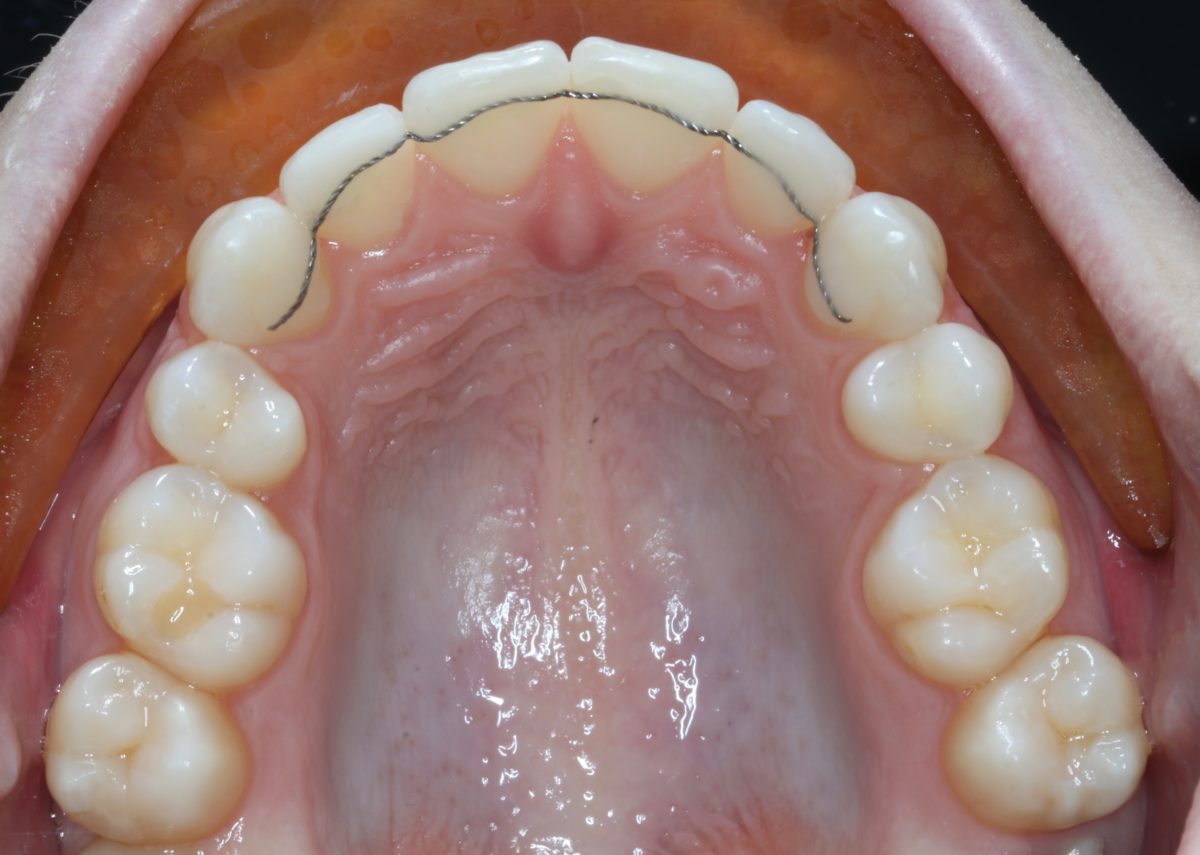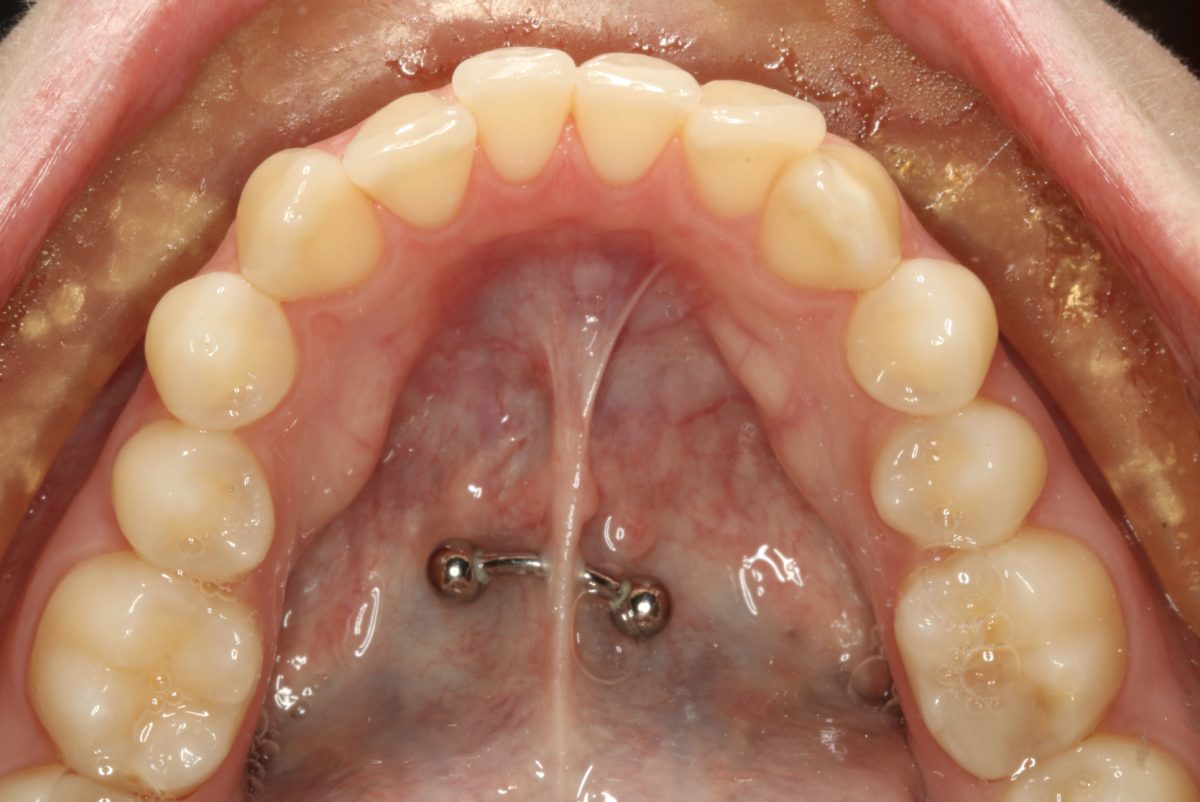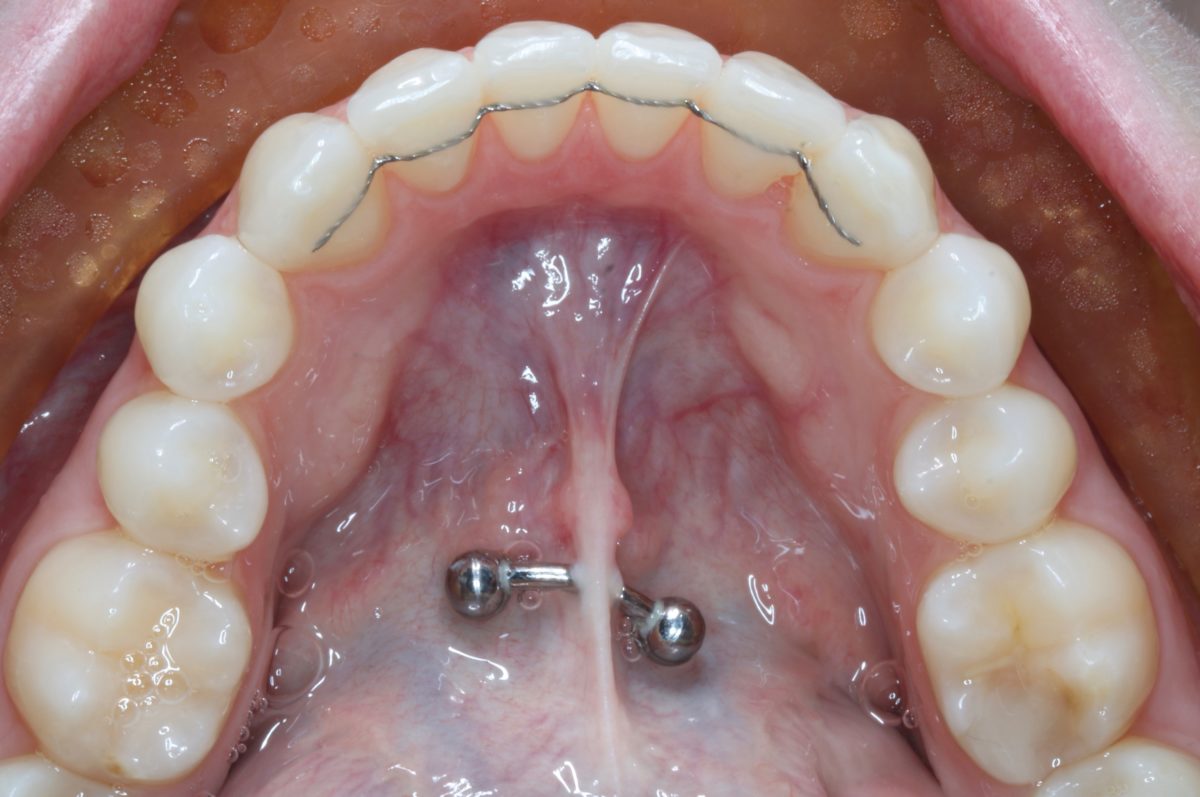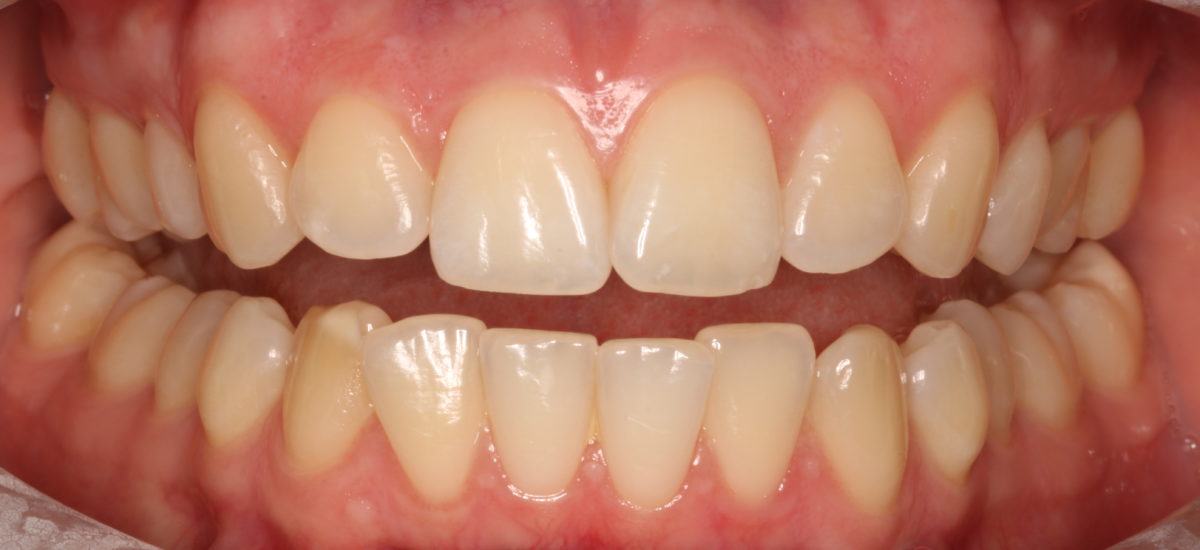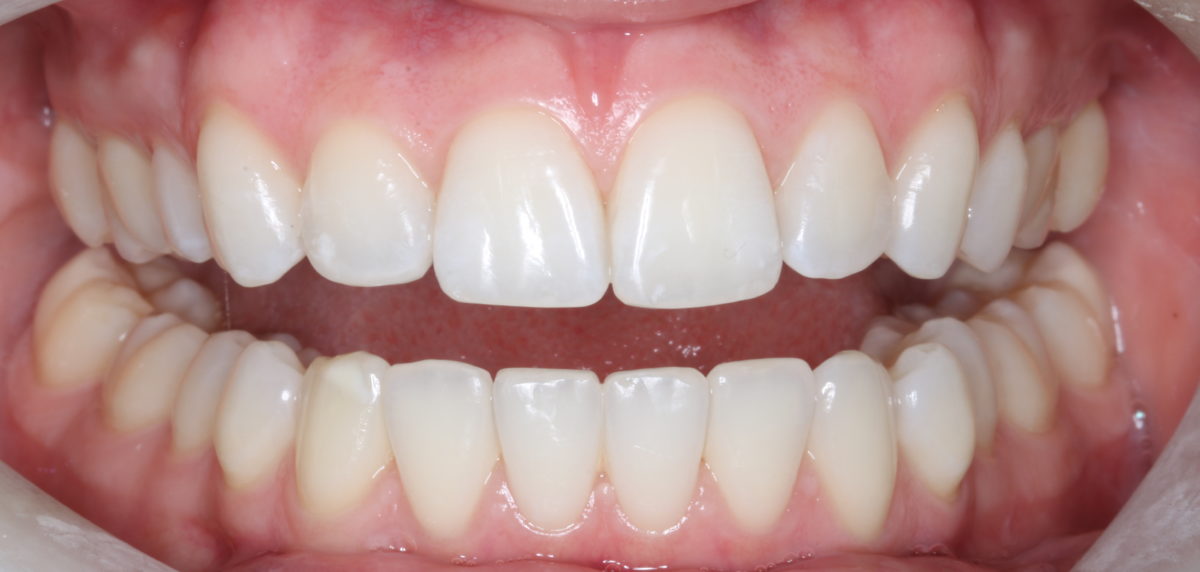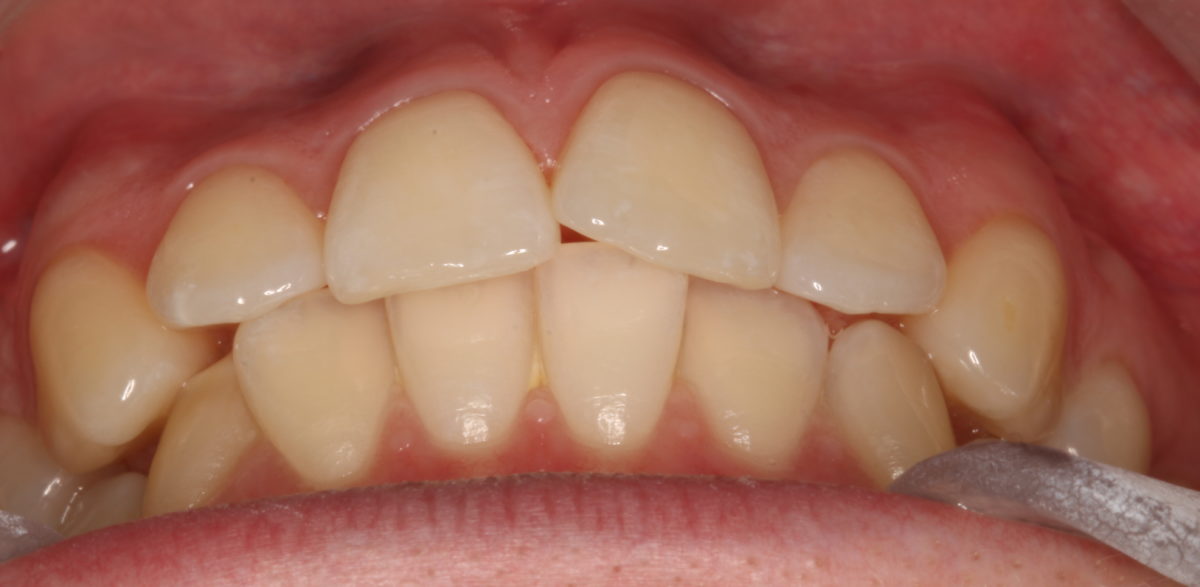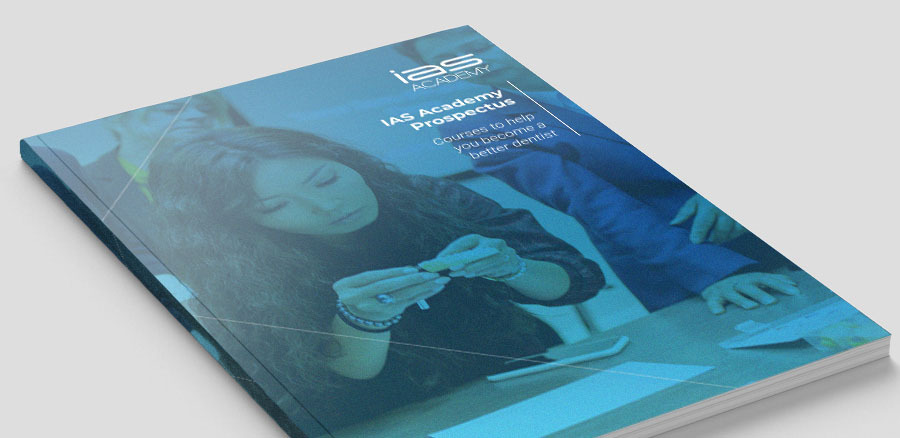The patient is a regular attendee at our practice and sees the Clinical Director for her regular dental care. She was referred internally to see me for some potential orthodontic treatment.
The patient had recently become more conscious of her upper and lower anterior teeth and had noticed they were starting to become crowded. She’d previously had orthodontic treatment as a teenager, but gave up wearing her night time retainers in her early 20s and since then her teeth had gradually relapsed. As this was beginning to bother her, she was interested in treatment to correct the position of her teeth once again.
Orthodontic Assessment
A comprehensive orthodontic assessment was conducted (Table 1) to determine the patient’s suitability for removable orthodontic treatment.

